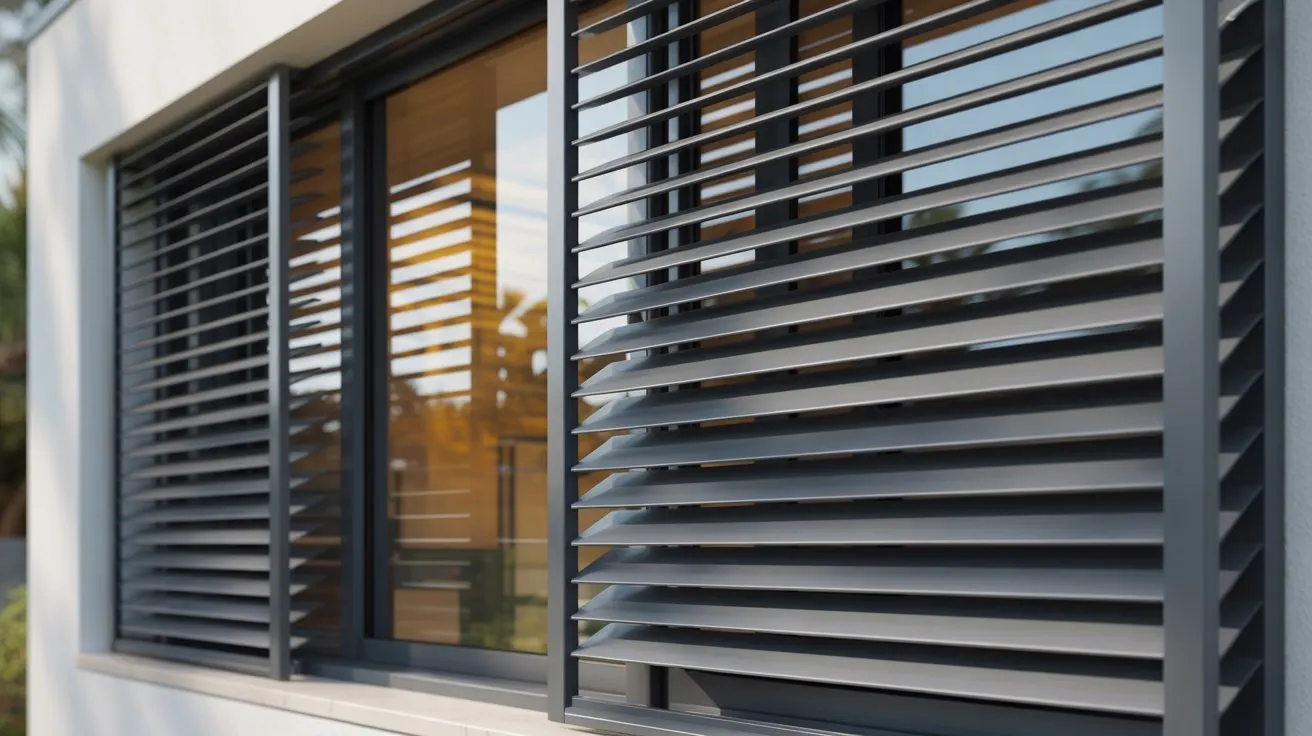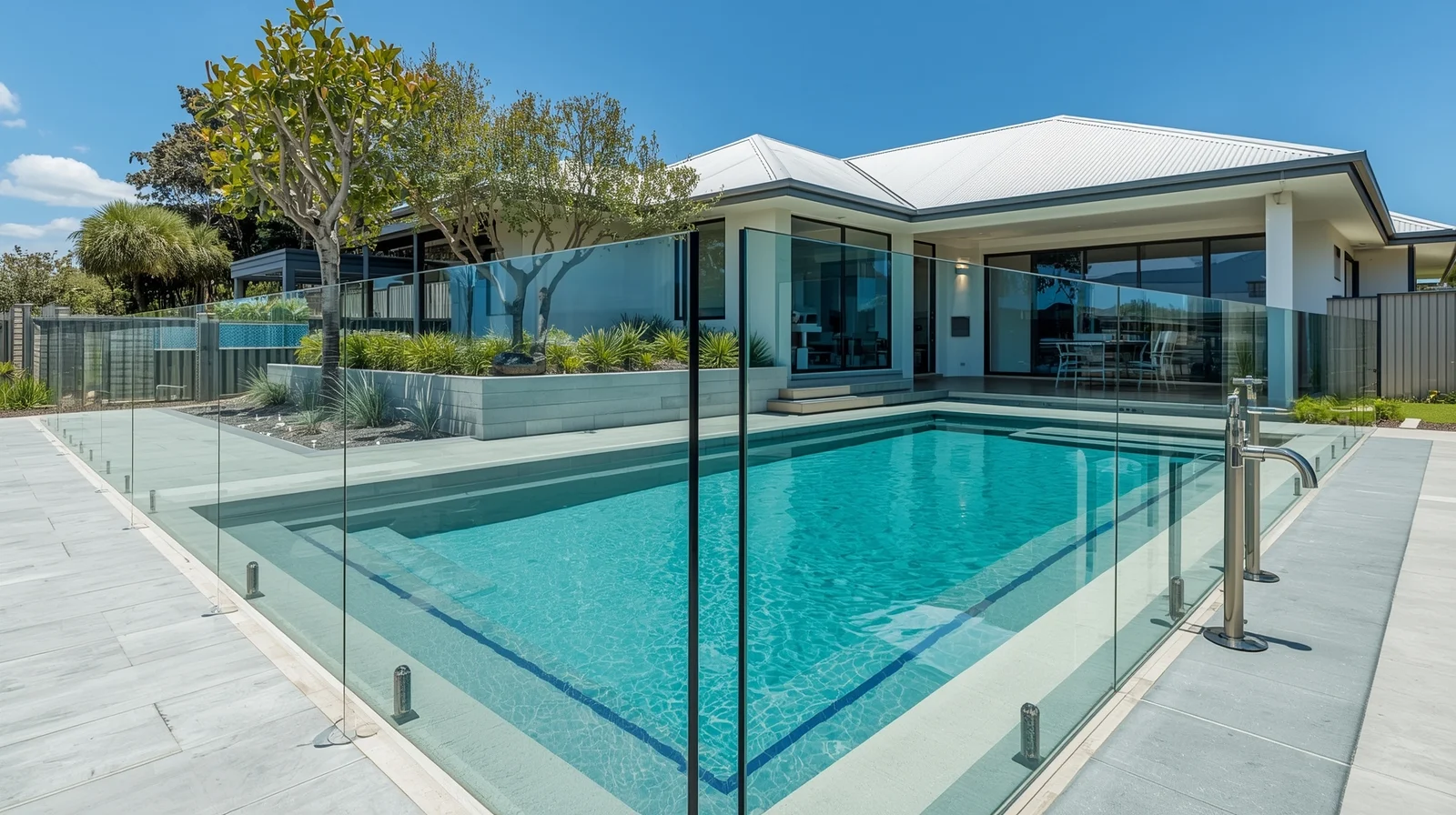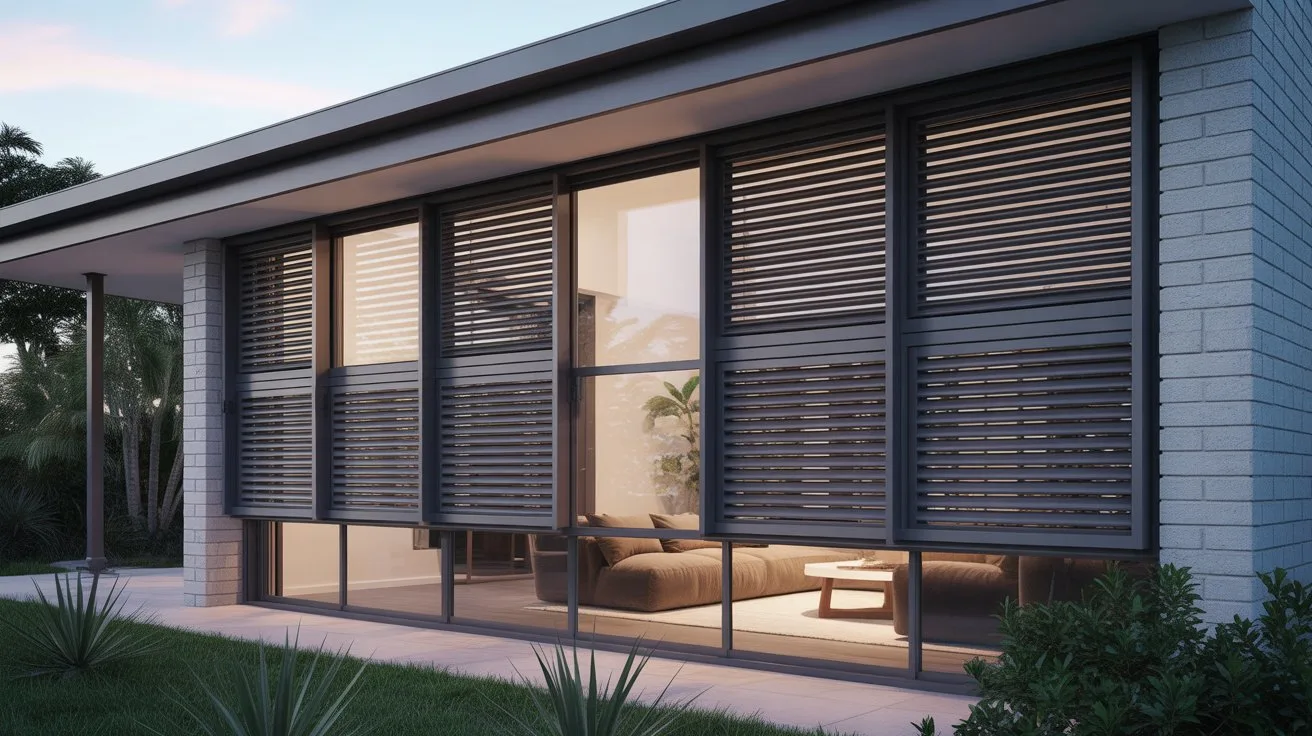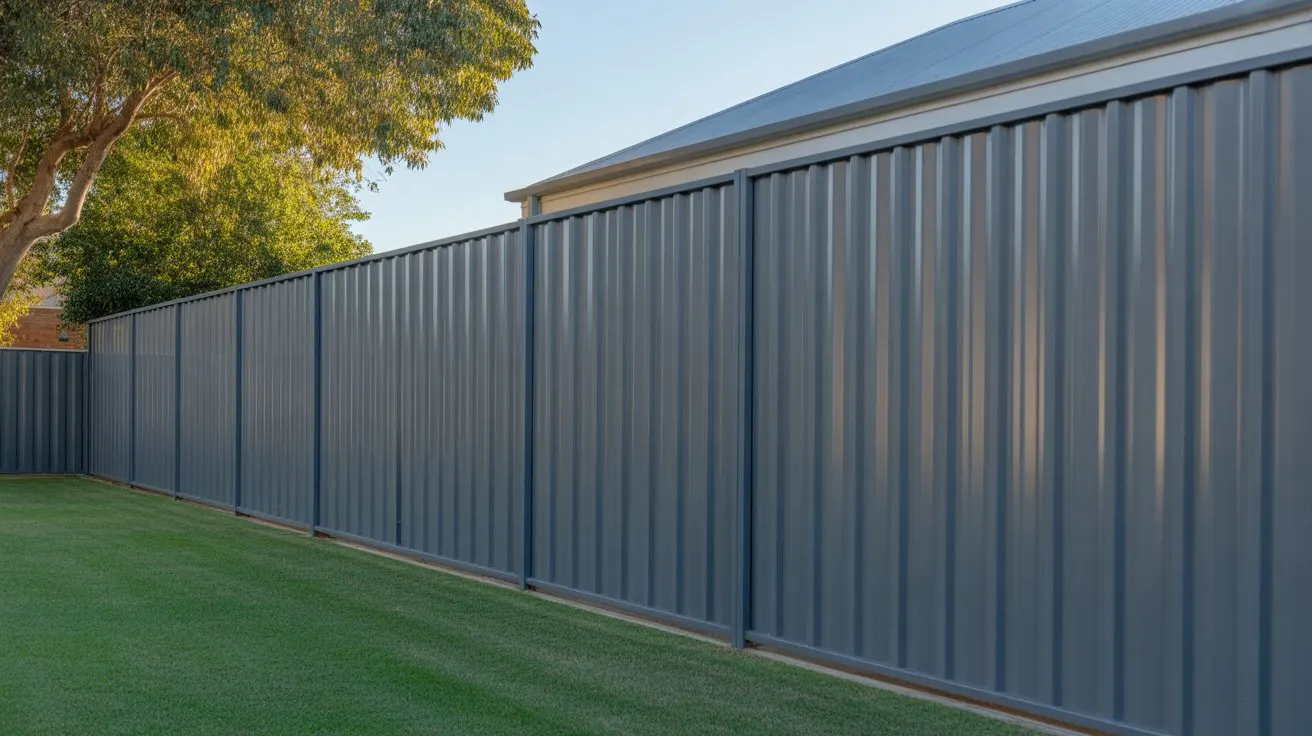Different types of louvres play a vital role in modern architecture, offering a perfect balance between ventilation, sunlight, and aesthetics. Whether it’s a stylish louvre window for homes or durable building louvres for commercial spaces, these systems enhance both comfort and design.
For anyone wondering what is a louvre, it’s simply a set of angled slats that control airflow, light, and privacy. Modern louvre systems are versatile, efficient, and visually appealing. At A TO Z FABRICATION PVT LTD, our expert Louvres Services Guildford NSW deliver durable aluminium, glass, and outdoor louvers made for Australian conditions.
Basic Classification of Louvres
Fixed (Stationary) Louvres
Fixed louvres are the simplest and most common type. As the name suggests, their blades remain stationary at a set angle, allowing constant airflow while providing privacy and weather protection. These are often used in building louvres for façades, ventilation shafts, and equipment enclosures where minimal maintenance is key.
Typical Applications:
- External walls and façades
- Parking ventilation areas
- Generator and HVAC enclosures
Adjustable (Operable) Louvres
Adjustable or operable louvres allow the user to change the blade angle manually or automatically, controlling sunlight and airflow as needed. They’re ideal for louvre windows and louvre doors, providing flexibility and comfort indoors.
Best Used In:
- Office and residential buildings
- Pergola roofs and sun-shading systems
- Commercial façades requiring adaptive shading
Drainable vs Non-Drainable Louvres
Drainable louvres come with built-in channels that collect and redirect rainwater away from the interior. These are vital for areas exposed to heavy rainfall. Non-drainable options, on the other hand, are cost-effective and suitable for drier climates or interior spaces.
By Orientation: Horizontal vs Vertical Louvres
Orientation changes everything. Horizontal louvres are typically used for overhead sun control, while vertical louvres are better for façade shading where the sun moves across the horizon. Both orientations influence not just performance but also a building’s visual character.
Functional Types of Louvres Based on Purpose
Ventilation Louvres
These are the workhorses of the HVAC world. Ventilation louvres allow air to flow freely while blocking rain and debris. They enhance air circulation in plant rooms, parking basements, and mechanical systems keeping the environment fresh and functional.
Sun-Shading Louvres | Solar Control Systems
Sun-shading louvres are designed to reduce glare and heat gain while maximizing natural light. Whether on windows, pergolas, or façades, they improve energy efficiency by reducing the need for artificial cooling and lighting making them a smart addition to any building louvre system.
Acoustic Louvres
Noise pollution is a growing concern in urban environments. Acoustic louvres are engineered with internal sound-absorbing materials that reduce noise levels while maintaining ventilation. They are essential in industrial or mechanical settings where both airflow and sound reduction are required.
Storm-Resistant | Weather Louvres
Built to withstand harsh conditions, storm-resistant louvres protect buildings from heavy rain, strong winds, and flying debris. Their design helps maintain interior comfort while preventing water infiltration a must for coastal or storm-prone areas.
Sand-Trap | Dust-Filtering Louvres
In arid or dusty environments, these louvres trap sand and dust particles, ensuring that clean air enters HVAC systems or sensitive interiors. They’re especially beneficial for facilities located in desert or industrial zones.
Hidden | Architectural Louvres
Architectural or hidden louvres merge functionality with design. They blend seamlessly into a building façade or become an intentional visual feature. With creative designs and finishes, they enhance both performance and architectural appeal.
Material & Profile Variations | What That Means for the Building
Materials Used (Aluminium, Steel)
Material choice affects everything durability, appearance, and cost. Aluminium louvres are the most popular due to their corrosion resistance, lightweight, and modern finish. Steel offers greater strength but requires more maintenance.
At A TO Z FABRICATION PVT LTD, our aluminium and glass louvres are crafted to last, offering exceptional performance in Australia’s varying climates.
Profiles & Shapes (Z-type, U-shape, Egg-crate, Diagonal, Trapezoid)
Each profile serves a different purpose.
- Z-type: Excellent for water resistance.
- U-shape: Provides better shading.
- Egg-crate: Ideal for ventilation and aesthetics.
- Trapezoid: Modern and stylish appearance for façades.
The right profile can drastically change both airflow performance and visual impact.
Finish & Colour Choices
Powder-coated finishes and anodized surfaces improve durability and style. From matte black to metallic silver, colour plays a big role in harmonizing the louvre design with the building’s overall identity.
Design Implications for Building Performance
Energy Efficiency & Thermal Comfort
Different types of louvres contribute to passive design by reducing heat gain and allowing natural ventilation. This minimizes energy consumption and enhances occupant comfort.
Daylight, Glare & View Control
The adjustability of louvres allows precise control over light and visibility. Buildings achieve a perfect balance between privacy and openness improving both aesthetics and occupant well-being.
Ventilation & Indoor Air Quality
Properly designed louvre systems promote healthy indoor environments by facilitating consistent airflow while blocking dust and moisture.
Weather Protection & Durability
Choosing weather-resistant and corrosion-free materials ensures the longevity of the system, especially in coastal and high-rainfall regions.
Aesthetics & Façade Expression
Beyond function, louvres add depth, rhythm, and visual interest to a façade turning a plain structure into an architectural statement.
Applications & Case Studies
Commercial |Office Facades
Architectural louvres provide shading, reduce glare, and strengthen a company’s brand image through distinctive design.
Industrial & Mechanical Areas
Heavy-duty ventilation and acoustic louvres are ideal for maintaining equipment performance and controlling noise in factories or warehouses.
Residential & High-Rise Buildings
From louvre windows that invite natural airflow to louvred pergolas that provide outdoor comfort, they enhance privacy and modern appeal.
Special Environments
Coastal, desert, and tropical locations demand customized building louvres with corrosion-resistant finishes and weatherproof designs.
Selection & Specification Considerations
Performance Metrics
When choosing louvres, consider factors like air resistance, water penetration, and noise reduction. Reputable manufacturers provide test data to ensure compliance with building codes.
Maintenance & Durability
Regular cleaning and inspection help prolong the life of both fixed and operable systems. Aluminium louvres, in particular, require minimal upkeep.
Integration with HVAC and Building Envelope
Louvres work best when properly coordinated with the building’s ventilation and façade systems for optimized performance.
Cost vs Benefit
Though premium materials may cost more initially, they offer long-term savings through energy efficiency and reduced maintenance.
Sustainability & Environmental Impact
Eco-friendly materials and designs contribute to green building certification and reduce overall carbon footprint.
Challenges & Limitations
Balancing Function and Aesthetics
Heavier louvres may block views or daylight, so designers must find the right compromise between practicality and design appeal.
Performance Under Extreme Conditions
High winds, heavy rain, and sand can challenge the integrity of louvre systems if not properly designed.
Maintenance Issues
Dust buildup, corrosion, and mechanical wear are common challenges, particularly for adjustable louvres.
Retrofitting Existing Buildings
Integrating new systems into old structures may require structural adjustments or creative design solutions.
Future Trends in Louvres & Façade Design
Smart |Adaptive Louvres
The future is automation. Motorized and sensor-controlled louvres adjust in real time based on sunlight, temperature, and occupancy maximizing comfort and efficiency.
Integration with Renewable Systems
Solar-powered louvres and integrated photovoltaic panels are emerging trends that merge shading with energy generation.
New Materials & Profiles
Lightweight composites and 3D-printed designs are revolutionizing the appearance and performance of modern louvres.
Global Climatic Considerations
From tropical heat to desert winds, future louvre systems will be customized for regional climates, ensuring durability and comfort anywhere in the world.
Conclusion
Understanding the different types of louvres helps architects, builders, and homeowners make informed decisions about design, comfort, and performance. From fixed ventilation systems to smart, adaptive shading devices, louvres continue to evolve as key elements of modern architecture.
At A TO Z FABRICATION PVT LTD, we deliver innovative and durable louvre systems that meet the toughest Australian standards. Whether you’re planning a new project or upgrading an existing one, explore our Louvres Services Guildford NSW to find the perfect solution for your property.
For expert guidance, design ideas, or installation quotes contact us today and transform your building with precision-engineered louvres that last.
FAQs
What is a louvre and why is it used?
A louvre is a slatted structure designed to regulate airflow, light, and visibility in buildings. They are used for ventilation, sun control, and aesthetic enhancement in both homes and commercial properties.
What are the main types of louvres?
The main types include fixed, adjustable, ventilation, acoustic, and sun-shading louvres—each serving unique purposes based on location and environmental needs.
Can louvres help with energy efficiency?
Yes. By controlling sunlight and airflow, different types of louvres significantly reduce cooling and lighting costs, improving a building’s energy efficiency.
Which materials are best for louvres?
Aluminium is the top choice due to its lightweight, corrosion resistance, and modern appearance. Steel and glass are also popular for specific architectural applications.
Are louvres suitable for all climates?
Absolutely. With the right design and material, building louvres can withstand everything from tropical humidity to coastal salt air.





